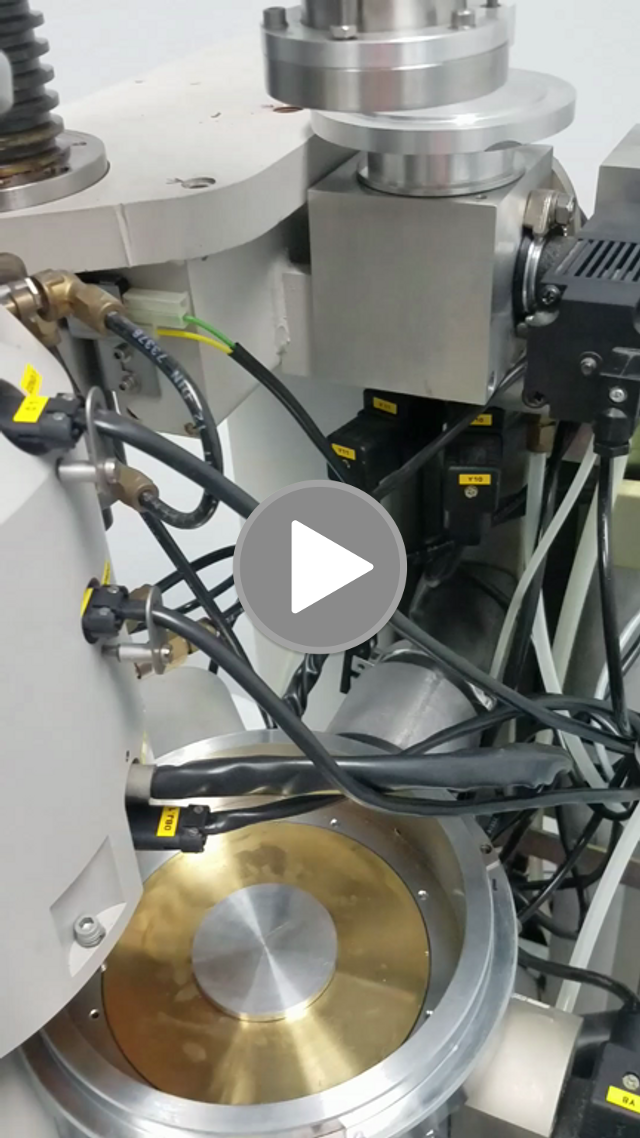Looking for a vacuum leak in a Philips CM Transmission Electron Microscope. There ...
... are many ways do this. One way is by isolating a suspect section, which is what I have just done. What you see is the upper objective and beam forming section hanging from the gun. I had separated them from the rest of the column at the stage, and plugged to the two vacuum connections. Now it is pumping down as it should. Which tells me that the leak is at 1 of the 9 seals in the top section. 4 I have already eliminated, and I am pretty confident it Is the metallic seal above the pole piece (shiny truncated cone looking thing). Prior to splitting the column I isolated sections using the 10 vacuum valves this thing has. Two other methods are using a Helium Leak Detector, or Sonic Leak detector. I have not had much luck with the later, or at least the one we have. The He Leak detector works best, but they don't have one here and most labs do not. They are pretty pricey. I have a few other tricks up my sleeve for finding leaks but that is for another post.


This post has been voted on by the SteemSTEM curation team and voting trail. It is elligible for support from @curie.
If you appreciate the work we are doing, then consider supporting our witness stem.witness. Additional witness support to the curie witness would be appreciated as well.
For additional information please join us on the SteemSTEM discord and to get to know the rest of the community!
Please consider setting @steemstem as a beneficiary to your post to get a stronger support.
Please consider using the steemstem.io app to get a stronger support.
Hi, @roguescientist84!
You just got a 0.01% upvote from SteemPlus!
To get higher upvotes, earn more SteemPlus Points (SPP). On your Steemit wallet, check your SPP balance and click on "How to earn SPP?" to find out all the ways to earn.
If you're not using SteemPlus yet, please check our last posts in here to see the many ways in which SteemPlus can improve your Steem experience on Steemit and Busy.